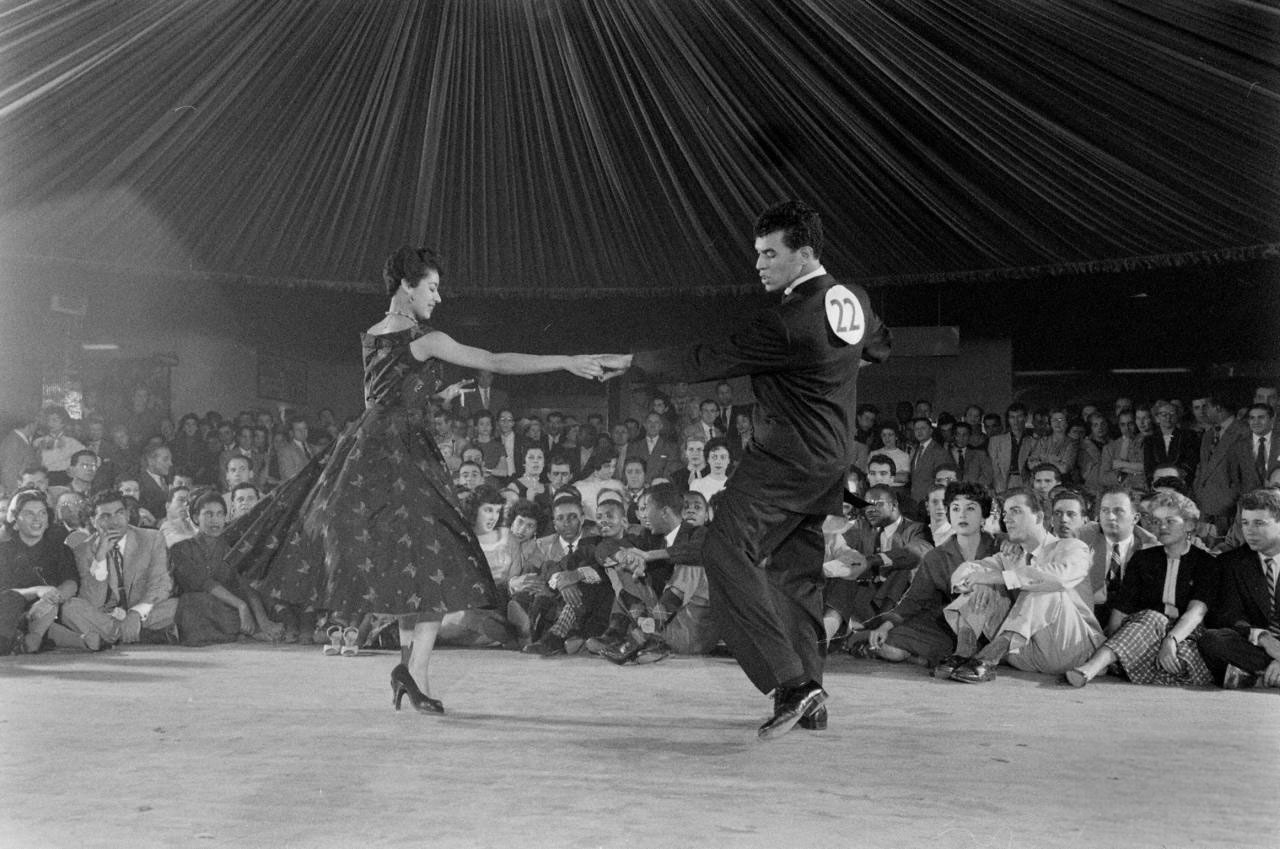4 Easy Facts About Dance San Francisco Described
Wiki Article
All about Dance San Francisco
Table of ContentsGetting The Dance San Francisco To WorkAn Unbiased View of Dance San FranciscoA Biased View of Dance San FranciscoThe Main Principles Of Dance San Francisco
Dance kind Salsa training in Ecuador Salsa is a Latin dancing, related to the songs category of the exact same name, which was initial promoted in the USA in the 1960s in New York City City. Salsa is a mix of Cuban dancings, such as mambo, pachanga, and rumba, as well as American dancings such as swing and tap. The term "salsa" was coined by Johnny Pacheco in the 1960s in New york city, as an umbrella term for Cuban dance music being played in the city at the time. Salsa as a dancing emerged right after, being a mix of mambo (which was popular in New york city in the 1950s) in addition to Latin dances such as Child and Rumba in addition to American dancings such as swing and faucet - bay area salsa dancing.As salsa songs spread to various other nations, various designs arised such as Cuban and Colombian salsa. Salsa continues to be preferred globally with enthnographic study right into salsa having been done as for Benin, and Ghana. Salsa is a partnered dance where the lead takes the fan with a series of rotates and turn patterns to songs.
The fundamental Salsa dance rhythm consists of taking three actions for every 4 beats of songs. Salsa dancers can additionally break apart to dance solo, understood as "lusters". The 2 primary designs of salsa are straight and circular.
Below, dancers circle each various other, evocative East Coast Swing. Both Cuban and Colombian salsa follow this circular pattern. Including other dance styling techniques right into salsa dancing has actually come to be very common for both males and women: foot job, arm work, body motion, rotates, body isolations, shoulder shimmies, rolls, even hand designing, balancings, and lifts.
4 Easy Facts About Dance San Francisco Explained
Salsa dance is a worldwide dancing that can be located in most metropolitan cities worldwide. Celebrations are held every year, commonly called a Salsa Congress, in numerous host cities intended to draw in a selection of salsa dancers from other cities and countries. The occasions bring dancers with each other to share their passion for the dancing, build community, and share relocations and pointers.International Salsa Congress, 2004 at Bangalore Video demonstrating salsa dancing basics For many years, various styles of salsa dance have actually evolved worldwide. A lot of them are compatible with each other, but others are different adequate to make dancing between professional dancers of various styles difficult. Salsa has many similarities with other companion dances, the designs and skills found out in salsa can be related to an additional Latin dancing like Bachata. Incorporating various other dancing designing strategies right into salsa dancing has additionally ended up being common, with dancers of one style including styles and movements of others to develop new fusions of dance designs.
It is a direct kind of salsa, where professional dancers dance in a port, similar to LA style salsa - bay area salsa dancing. Unlike other styles of salsa, nonetheless, New York style is danced on the second beat of the music (" on 2"), and the follower, not the site link leader, advances on the initial procedure of the music
Among the most influential figures in New York design salsa is Eddie Torres. https://www.domestika.org/en/dancesf (referred to as "the Mambo King"), who is credited with helping to define the on 2 salsa timing (based upon mambo) and aiding to promote it by showing it in dance studios in New york city and through very early educational tapes
The Best Strategy To Use For Dance San Francisco
Basic step for LA style, with leader's actions in blue Salsa show dancing Los Angeles style salsa (LA style) is danced "on 1" where professional dancers break onward on the first beat of the songs, unlike New york city design which is danced on 2. LA style salsa is danced in a line or "slot" with dancers exchanging settings throughout the dance, unlike Cuban salsa which is danced in a much more circular fashion.In this pattern, the leader progressions on 1, steps to the right on 2-3 while turning 90 levels counter-clockwise (facing to the left), leaving the slot open. The fan then steps straight onward on 5-6 and switches on 78, while the leader makes an additional 90 levels counter-clockwise and slightly onward, returning into the port.
The "Vazquez Brothers" (Luis Vazquez, Francisco Vazquez, and Johnny Vazquez) are credited for the early development and development of LA Style. Luiz Vazquez was the founder of Los Angeles's very first salsa dancing team, Salsa Brava.

Dance San Francisco Fundamentals Explained
The name Casino is originated from the Spanish term for the dancing halls, "Online casinos Deportivos" where much social dancing was done among the better-off, white Cubans during the mid-20th century and onward (bay area salsa dancing). Historically, Online casino traces its origin as a partner dance from Cuban Child, Cha Cha Cha, Danzn and Guaracha
Report this wiki page